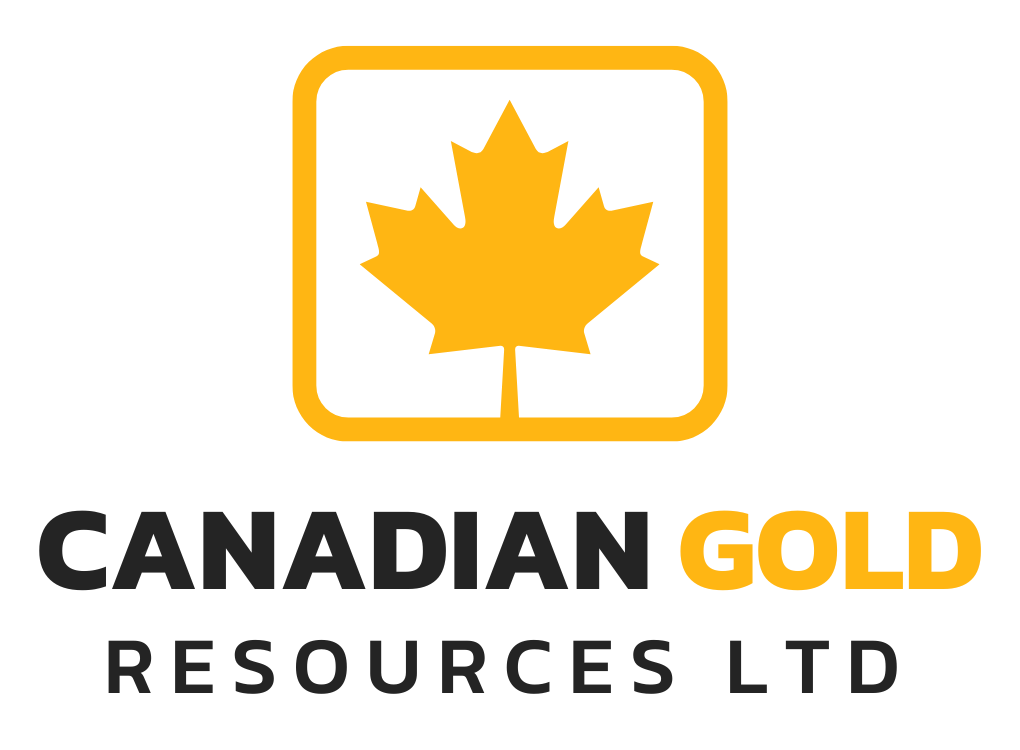Project Summary
The VG Boulder project is a 100% owned gold exploration property located in the Gaspé Peninsula, Quebec. Spanning 5,787 hectares, the project covers 14 km along the prospective Grand Pabos Fault, a geological feature known for its gold-bearing potential. The project has returned high-grade surface samples, including assays up to 75.7 g/t Au from boulders and visible gold occurrences, demonstrating the significant exploration potential of the property. Canadian Gold Resources plans to continue exploration to expand its understanding of the mineralization and unlock the property’s full value.
Visible Gold Occurences
5,787 Hectares
100% Owned
14 km Strike
The VG Boulder project is located in the Gaspé Peninsula, Quebec, spanning 5,787 hectares. The property lies along the Grand Pabos Fault, a major regional geological structure that is part of the larger Gaspé orogenic belt, which has shown significant potential for gold mineralization. The fault shares geological similarities with gold-bearing structures found in Newfoundland’s orogenic gold deposits and even further afield in Ireland’s famous Dalradian rocks, known for hosting gold deposits. These structural features are typically associated with orogenic gold systems, where gold is deposited within quartz veins along fault zones.
At the VG Boulder project, auriferous quartz veins are associated with this fault system, forming in zones where the fault has created openings or fractures that allow mineralizing fluids to circulate and deposit gold. These quartz veins have yielded high-grade gold values in surface samples, including assays of 75.7 g/t Au and 22.4 g/t Au from boulders, with multiple occurrences of visible gold in the region. The geology of the project area is predominantly metasedimentary rocks of the Gaspé Belt, including siltstones and sandstones, which are cut by these gold-bearing quartz veins.
The project is also well-supported by nearby infrastructure, making exploration activities efficient and cost-effective. The region has easy access to well-maintained gravel roads, allowing year-round exploration. The nearby communities of Gaspé and Chandler provide essential services such as skilled labor, fuel, food, and accommodations for exploration teams. Additionally, Bonaventure, located approximately 70 km from the project, has a regional airport with regular flights to Montreal, facilitating the transportation of personnel and small equipment. For larger logistical needs, the deep-water port at Chandler and the Canadian National (CN) railway line provide excellent access for shipping materials and equipment to and from the project site.
Location & Infrastrucuture
The VG Boulder property has undergone early-stage surface sampling, revealing significant high-grade gold potential. In a reconnaissance program conducted by Gitennes Exploration in late 2021, surface samples taken from angular rubble in a creek bed over a length of 165 meters returned values as high as 75.7 g/t gold. Anomalous analyses were obtained from 10 of 13 samples, with additional results including 8.54 g/t, 3.83 g/t, and 1.55 g/t gold. These high-grade samples appear to be subcrop or close to in-situ, highlighting the project’s promising potential for future exploration.
The VG Boulder Property is located in an area where structures host numerous mineralized showings in gold (Au), arsenic (As), antimony (Sb), and antimony-gold-zinc (Sb-Au-Zn). These showings spread across a 12 km-long deformation corridor and can extend up to 1.3 km in width centered on the Harriman Fault, oriented NNE-SSW.
In addition, three samples taken from an outcrop located approximately 3.6 kilometers northeast of the high-grade samples returned values of 1.54 g/t, 0.952 g/t, and 0.387 g/t gold, further confirming the presence of gold mineralization across the property. A historical gold showing of 22.4 g/t gold and 15.4% antimony has also been identified in outcrop in the same region. The geology of the VG Boulder property is considered comparable to that of the Gander region in Newfoundland, where significant gold discoveries have been made.
Key Historical Results:
- Multiple historical visible gold occurrences
- A historical gold showing of 22.4 g/t gold and 15.4% antimony
- Grab samples taken in 2021 returned values as high as 75.7 g/t gold
Historic Exploration
Canadian Gold Resources is planning additional exploration activities at VG Boulder to further assess the high-grade potential of the property. The upcoming work will focus on developing drill targets in areas where high-grade surface samples and visible gold have been identified. Ground geophysical surveys will be conducted to identify new exploration targets along the Grand Pabos Fault and enhance the geological understanding of the property. These efforts will provide critical data to advance the project and unlock its full potential.
Upcoming Exploration
Geophysical surveys to identify new exploration targets and improve geological understanding.
Drilling planned for late 2025.
Mark T. Smethurst, P.Geo., a director of Canadian Gold. is a qualified person as defined by NI 43-101 and has reviewed and approved the contents and technical disclosures of this website.
Stay Updated With Canadian Gold
Sign up for our newsletter to receive news releases and exclusive company updates.
Thank you for subscribing to Canadian Gold Resources Mailing List.
Oops, there was an error sending your message.
Please try again.


